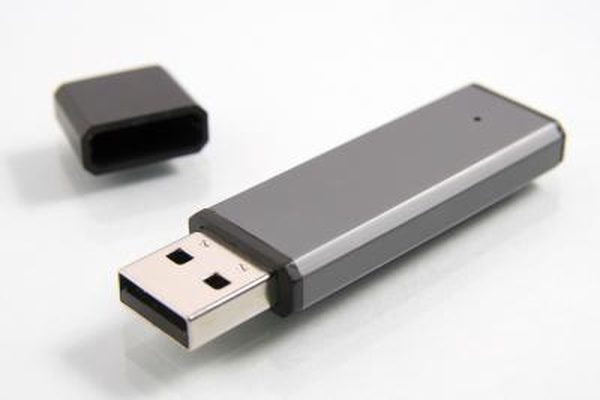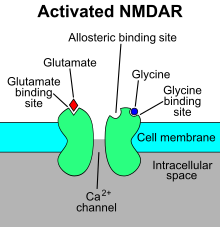2020-12-02 08:06:03
Prelude
Today’s topics
- Biological basis of learning & memory
Coming up…
- Quiz 4, review Exam 3 next Tuesday
- Exam 4, Thursday, December 17, 6:50 PM - 8:40 PM
Memory capacity of the human brain?
Memory capacity of the human brain?
- 1e12 neurons
- 1e3 synapses/neuron
- 1e15 synapses or 1.25e14 bytes
- 1e9 gigabyte, 1e12 terabyte, 1e15 petabyte
http://www.scientificamerican.com/article.cfm?id=what-is-the-memory-capacity
Meister (2019)
“Entirety of a human’s lived experience could fit on a flash drive.”


Computer memory
- Random Access Memory (RAM), short-duration storage
- Hard-disk/flash drive storage, long-term duration
- Addressable (location ‘010101’)
Computer memory
- {text, sounds, images, video, data} all in binary [0,1] format
00110000== 48 (the number)00110000== ‘0’ (the character zero)
- Write once, read many times
Computers vs. brains
- Computers have separate memory stores
- brains store info everywhere
- Computers have addressable memory
- brain memory??
- Computer memory can be non-volatile
- brain memories fade
- Computer memory is veridical
- brain memories are ‘reconstructions’
What is learning?
What is learning?
- A: Acquisition of new or change in existing knowledge, skills, …
Types of learning
- Non-associative
- Change in response to repeated encounters with same stimulus/event
- Habituation -> weaker response
- Sensitization -> stronger response

- Associative
- “Associates” two events/items with one another
- Classical & operant/instrumental conditioning
- Sequence, observational, episodic, semantic
What is memory?
What is memory?
- A: Information encoding, storage, retrieval
Dimensions of memory
- Short vs. long-term
- Working memory ~ short-term maintenance for guiding action
- Explicit (declarative: semantic vs. episodic) vs. implicit (procedural)
- Retrospective (from the past) vs. prospective (to be remembered)
- Recognition (familiar or novel) vs. recall
Biological bases of L&M
- Changes in patterns of neural activity
- Changes in connectivity
- New synapses
- Altered synapses (strengthened or weakened)
Memory systems in the brain
Donald Hebb’s Insight
When an axon of cell A is near enough to excite cell B and repeatedly or persistently takes part in firing it, some growth process or metabolic change takes place in one or both cells such that A’s efficacy, as on of the cells firing B, is increased. (Hebb, 1949, p. 62)
Neurons that fire together wire together. (Lowell & Singer, 1992, p. 211).
How to implement ‘Hebbian’ learning?
- Hebbian learning is associative
- Neuron A active + Neuron B active => associates/links co-activity
Long-term potentiation (LTP)
- Increase (potentiation) in synaptic strength based on recent co-activity
- Change at synapse == physical basis of Hebbian learning
‘Hebbian’ learning via NMDA receptor
- N-methyl-D-aspartate receptor (NMDA-R)
- ‘Coincidence’ detector
- Sending cell has released NT
- Receiving cell is/has been recently active
NMDA receptor figure
Example mechanism for ‘Hebbian’ learning
- Chemically-gated AND
- Ligand- (glutamate/aspartate + glycine) gated
- Sending cell active
- Voltage-gated
- \(Zn^{++}\) or \(Mg^{++}\) ion ‘plug’ removed under depolarization
- \(Na^+\) & \(Ca^{++}\) influx; \(K^+\) outflux
- Receiving cell responds
NMDA receptors (NMDA-R) contribute to associative learning
- Associate (link)
- Concept A -> Concept B
- Neuron A -> Neuron B
I say Donald
You say…
Donald
- Trump
- Duck
- Draper
How does LTP (& LTD) work?
- Synapses can also be weakened via long-term depression (LTD)
- NMDA receptor one molecular mechanism for implementing LTP, LTD & spike-timing-dependent plasticity
- Ca++ entry triggers biochemical cascade
- Existing (AMPA) glutamate receptors made to stay open longer
- New AMPA glutamate receptors synthesized, inserted into postsynaptic membrane
- Change in quantity of glutamate released presynaptically
NMDA clinical significance
- Memantine (Alzheimer’s Disease treatment) blocks NMDA-R
- Controls over-activation and \(Ca^{++}\) excitotoxicity?
- Implicated in effects of phencylidine (PCP)
- PCP can induce psychotic symptoms
- Link to glutamate hypothesis of schizophrenia?
NMDA clinical significance
- Ketamine is an NMDA-R antagonist
- anesthesia, sedation pain relief
- short-term relief for depression
- Linked to analgesic (pain-relieving) effects of nitrous oxide (\(N_{2}O\)) or ‘laughing’ gas
- Ethanol inhibits (Ron et al., 2011)
Learning “causal chains”
- lightning THEN thunder
- unusual food THEN indigestion
Spike-timing-dependent plasticity
Spike-timing-dependent plasticity
Spike-timing-dependent plasticity
- A before B: strengthen A->B
- A after B: weaken A->B
- Neural Plasticity
- Lasting changes in neural firing, connectivity
Memory systems in the brain
Summary
- Learning and memory involve changes in neural firing, circuitry
- Hebbian learning a type of associative learning
- NMDA receptor as coincidence detector
- Molecular basis of one form of long-term potentiation (LTP)
- Different types of information stored in different brain systems
Next time…
- More on learning and memory
References
Caporale, N., & Dan, Y. (2008). Spike timing-dependent plasticity: A hebbian learning rule. Annu. Rev. Neurosci., 31, 25–46. https://doi.org/10.1146/annurev.neuro.31.060407.125639
Squire, L. R. (2004). Memory systems of the brain: A brief history and current perspective. Neurobiology of Learning and Memory, 82(3), 171–177. https://doi.org/10.1016/j.nlm.2004.06.005


